Joseph E. Persico (2 page)
Authors: Roosevelt's Secret War: FDR,World War II Espionage
Tags: #Nonfiction
FDR gave Adolf Berle the thankless task of coordinating rival U.S. intelligence services. Berle learned early on of possible penetration of the Roosevelt administration by Soviet spies. (FDR Library)
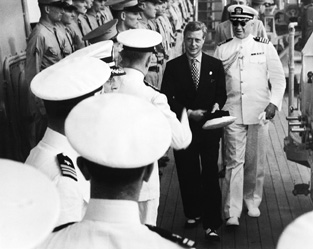
The Duke of Windsor, formerly King Edward VIII, aboard the USS
Tuscaloosa
shortly before he sought to suggest to FDR a near-treasonous peace plan between Britain and Germany. (FDR Library)
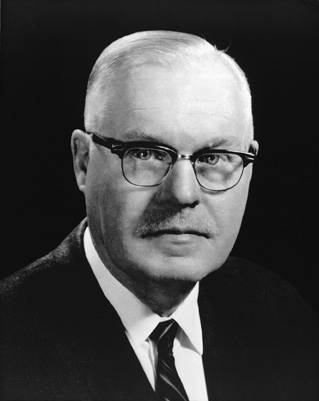
Frank B. Rowlett, leader of the cryptanalytic team that broke Japan's Purple diplomatic code and thus provided the best U.S. intelligence of the war. FDR, with his preference for spies over ciphers, did not initially appreciate these decrypts, which were designated Magic. (National Security Agency)
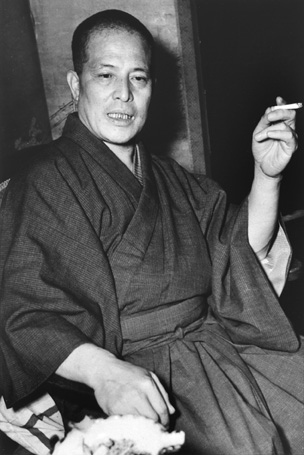
General Hiroshi Oshima, Japan's ambassador to Germany and FDR's best source of intelligence from Hitler, thanks to the breaking of the Purple code by American cryptanalysts. (National Archives)
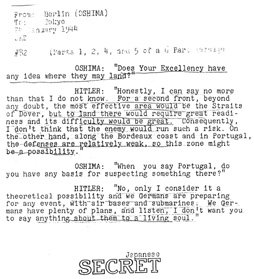
In this decoded message from Ambassador Oshima to Tokyo, Hitler speculates on where the Allies are likely to launch the “second front.” (National Archives)
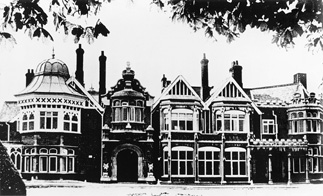
Bletchley Park in England, site of Ultra, which broke the cipher of Germany's Enigma coding machine. This achievement was a secret so zealously guarded that Churchill and Roosevelt concealed an American blunder that cost hundreds of American lives rather than reveal that the tragedy was discovered through a decoded German message. (National Security Agency)
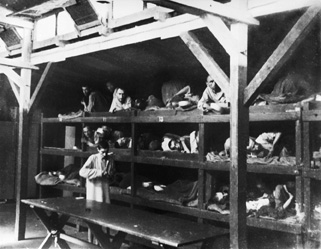
Inmates at the Buchenwald concentration camp. FDR had early access to information on the fate of the Jews and other victims of the Nazis through smuggled eyewitness accounts and German messages intercepted by British codebreakers. (FDR Library)
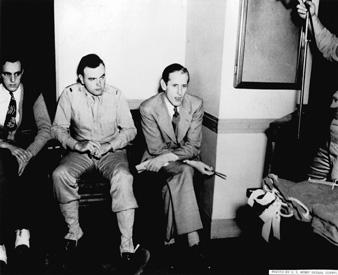
Two of eight captured German saboteurs, Herbert Haupt (left) and Georg Dasch (right), flank an Army officer during their trial. Dasch and another defendant escaped execution by betraying the other members of Operation Pastorius, including Haupt. (Federal Bureau of Investigation)
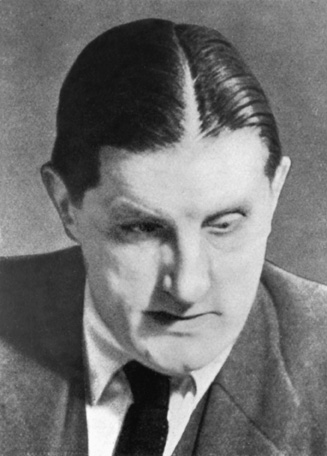
Ernst “Putzi” Hanfstaengl, a former member of Hitler's inner circle, was smuggled into the Washington area, where he reported to FDR on everything from rivalries among Nazis to the possibility that the Führer would commit suicide. (National Archives)
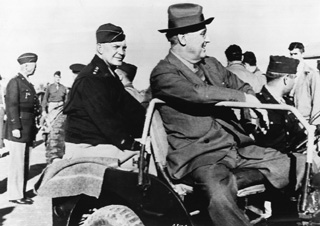
It was universally assumed that FDR would want General George C. Marshall to lead the invasion of Europe. But General Eisenhower, seen here with FDR in Sicily in 1943, had a sense that the President was secretly auditioning him. (National Archives)
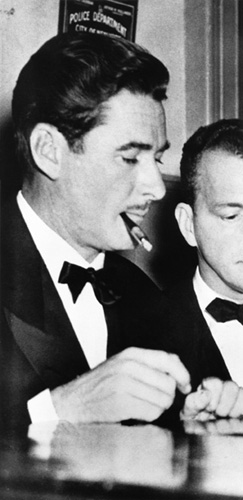
Hollywood's leading swashbuckler, Errol Flynn, volunteered to spy for FDR, claiming that no one would suspect a movie star. FDR declined the offer. (National Archives)
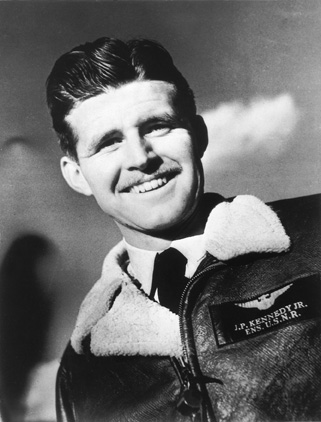
Navy Lieutenant Joseph P. Kennedy Jr., eldest brother of the future President, volunteered for a controversial secret mission proposed by FDR, which ultimately led to the young flier's death. (National Archives)
